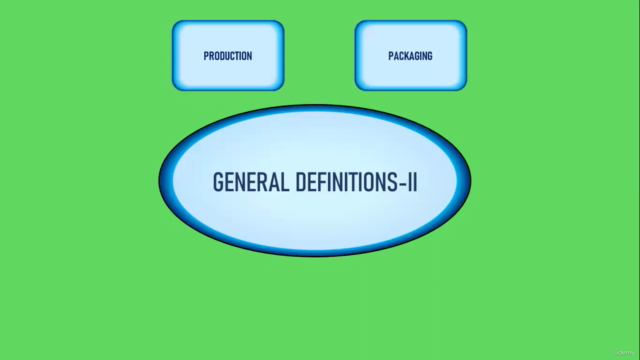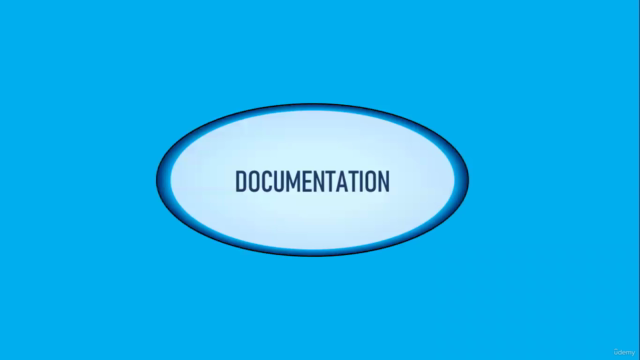Quality in Pharmaceutical Industry (GMP & GLP & GHP)

Why take this course?
It seems you are outlining a comprehensive guide on pharmaceutical manufacturing, quality control, and compliance with Good Manufacturing Practice (GMP). This is a complex subject that involves strict adherence to regulations and standards to ensure the safety, efficacy, and quality of pharmaceutical products. Here's a brief explanation of each section you've listed:
-
Introduction to GMP: GMP is a system for ensuring that products are consistently produced and controlled according to quality standards. It is designed to minimize the risks involved in any pharmaceutical production that cannot be eliminated through testing the final product.
-
Organizational Responsibilities: This section would outline the roles and responsibilities of different personnel within the organization, from top management to individual employees, ensuring everyone understands their part in maintaining GMP compliance.
-
Personnel Qualifications: Employees should have the necessary qualifications, training, and experience to perform their tasks without introducing contamination or errors.
-
Facilities and Equipment: The physical structure and equipment used in manufacturing must be designed and maintained to prevent contamination and mix-ups. This includes cleanroom environments, HVAC systems, and proper equipment maintenance.
-
Documentation: Accurate and thorough documentation of all processes, from raw material receiving to product release, is crucial for traceability and quality control.
-
Production Processes: This section would cover the actual manufacturing processes, emphasizing how to prevent contamination and ensure that each batch of product meets quality specifications.
-
Quality Control: Quality control checks are performed throughout production to ensure products meet specifications. This includes sampling, testing (both in-process and final), and release or rejection decisions based on the results.
-
Validation: Ensuring that all systems and processes used in manufacturing work as intended and consistently produce quality products.
-
Complaints, Quality Defects, and Product Recalls: Procedures for handling customer complaints, investigating potential quality issues, and conducting recalls if necessary are essential for maintaining consumer trust and ensuring product safety.
-
Training: Regular training of employees on GMP principles and specific processes ensures ongoing compliance and quality assurance.
-
Monitoring and Improvement: Continuous monitoring of manufacturing processes and the environment, along with implementing improvements when necessary, is key to maintaining GMP standards.
-
Change Control: Any changes in processes or systems must be carefully managed to ensure they do not compromise product quality.
-
Corrective and Preventive Actions (CAPA): When issues arise, a systematic approach to correcting them and preventing their recurrence is essential.
-
Risk Management: Identifying potential risks in the manufacturing process and implementing controls to mitigate them helps ensure product quality and compliance.
Each of these sections is critical for a pharmaceutical company to comply with GMP regulations and to produce high-quality, safe products. The guide you are creating would serve as a comprehensive resource for understanding and implementing GMP in practice.
Course Gallery




Loading charts...